Delicate cambric fabric has been admired for many centuries: simple and at the same time delicate, durable and pleasant to the body material conquered the East, Europe, and then the whole world. Once luxurious fabric is today considered one of the most affordable fabrics from which you can sew elegant and comfortable products in different styles.
History of origin
The first cambric was woven from cotton in India and modern Pakistan, from where it was carried by merchants and nomads throughout the East, all the way to Arabia and even Africa. During the colonial era, the fabric reached Europe, where it began to be considered an attribute of wealth and luxury.
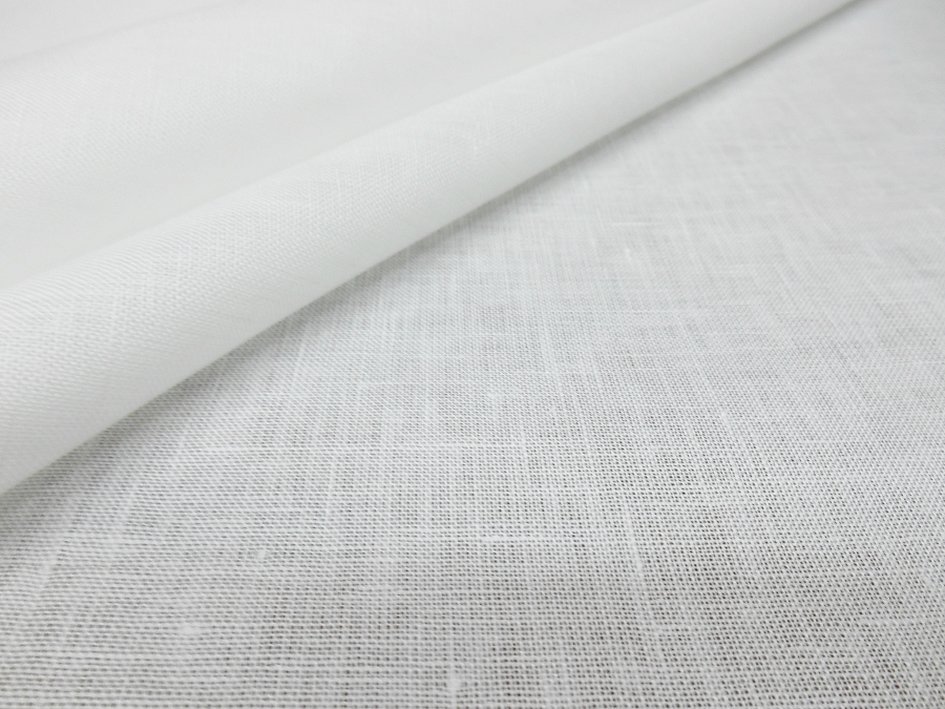
The history of French cambric began a little later, when a tailor of the same name from Flanders unraveled the secret of the refined material and recreated the weave from flax fibers. Today, it is even made from high-quality synthetics, preserving the traditional approach.
Description and composition
To understand what cambric is, it is enough to imagine an elite handkerchief or a classic business shirt. The fabric made of natural fiber is presented with a frequent simple weave, due to which it has a strict and elegant look. At the same time, the material is translucent, thin and light, obedient in almost any processing and is suitable for creating any summer or underwear.
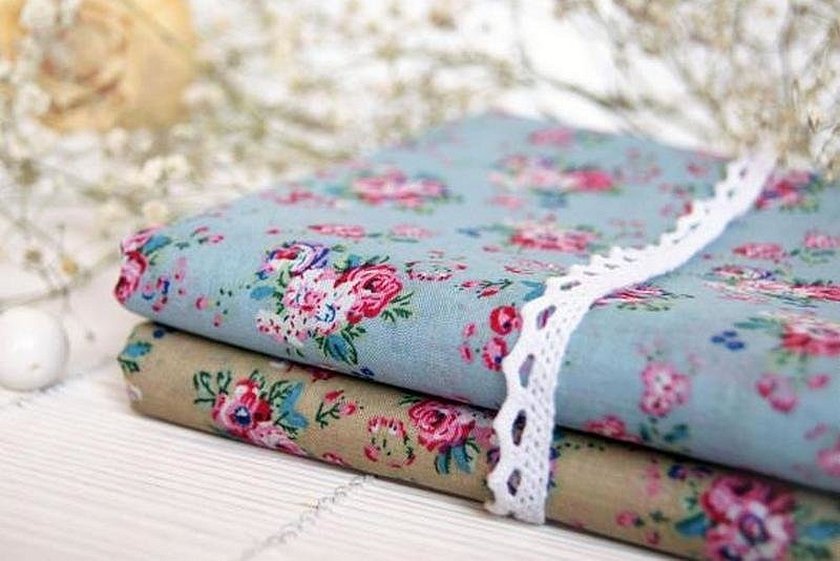
Modern cambric may contain pure cotton, linen fibers, and various types of synthetics. Natural cambric is the most expensive and is considered an elite material. Fabrics with the addition of viscose or elastic threads are designed to make the fabric more durable, quick-drying, and fit better.
Please note! Batiste of mixed composition wrinkles less and does not require mandatory ironing. It is by this feature, when evaluating batiste fabric, that one learns what it is: synthetic or organic fabric.

How Batiste Fabrics Are Made
The distinctive feature of the fabric has always been its smoothness. Batiste is so thin and uniform that perfectly even threads are used for its production. The highest quality cotton is considered to be that grown in Egypt and Peru.
Elite fabric is prepared manually, however, the machined canvas turns out to be almost flawless. Ready-made cambric has been dyed relatively recently - before that, it was considered a symbol of purity and innocence. Today, you can find an effective and attractive print that will satisfy a variety of requests.
Properties
Batiste has a number of first-class qualities: durability, lightness, hygroscopicity. At the same time, the fabric is thin and soft to the touch, the handmade material is considered elite and looks elegant. It holds its shape well, can be processed, cut and sewn without any problems.

Batiste is easy to wash and remains neat in appearance for a long time, and is not prone to pilling from friction. The delicate, breathable fabric is hypoallergenic and suitable for sewing children's clothing and shirts for sensitive skin.
Types and areas of application: what is sewn from batiste
Batiste is a lightweight, versatile material. It has excellent properties for underwear, so it is used to make underwear, children's clothing, or thin dresses. It is rarely used for suits, skirts, and trousers, as the fabric tends to wrinkle and clump.
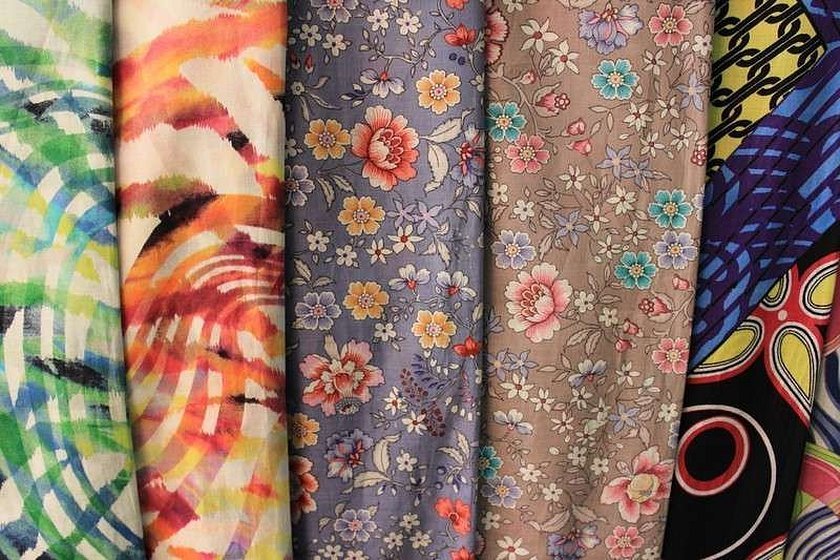
It is surprising that bedding is also made from batiste, but such sets need to be carefully looked after.
Bleached
As a material, bleached cambric is used for sewing underwear - shirts, slips, shirts, scarves. The procedure is also necessary when the fabric is intended to be dyed with pastel shades - pink, yellow, blue. Bleached cambric acquires a snow-white shade and breathes well.
Plain painted
Single-color dyeing is done by soaking the fabric in a dye composition. An additional print can be applied over the base color. Single-color fabric looks spectacular in shirts and dresses, beautifully emphasizing the silhouette.
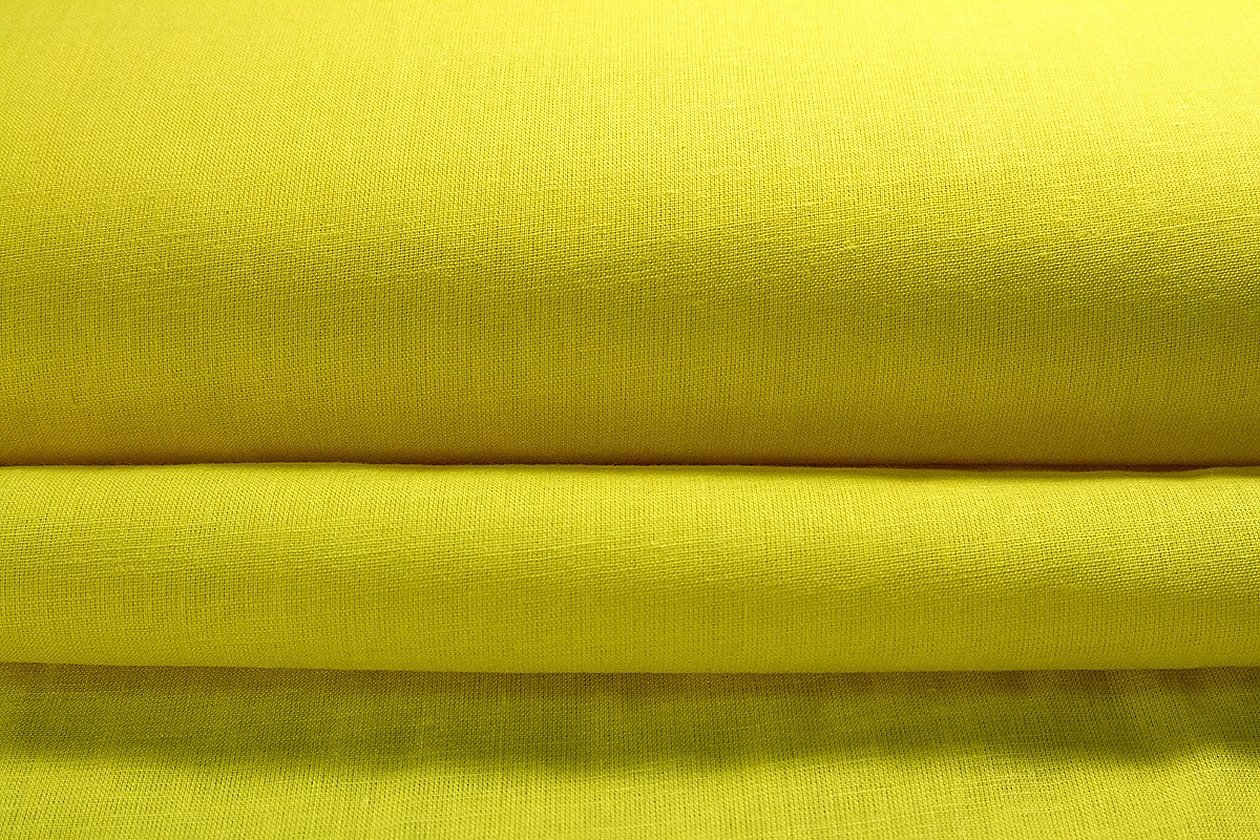
Mercerized
This specific method of treatment is used to fix the fabric. Thanks to impregnation, the fibers become stronger, take dye better and do not fade during washing. The fabric acquires a pleasant shine and absorbs moisture better.
Comparison with poplin and satin
Modern types of poplin and satin are made not only from silk fiber, but also from cotton. The main feature and difference of these materials is their pearlescent shine or shimmer. Batiste is a matte fabric, less often has a slight shimmer. All other characteristics and descriptions of fabrics are largely the same:
- They are dense in structure and perfectly smooth;
- Thin and delicate, suitable for shirts and underwear;
- They require careful maintenance, but at the same time they remain durable and do not wear out for a long time;
- They look presentable and expensive.

At the same time, iridescent fabrics look more advantageous in evening wear, while cambric material is a good basis for a neat daytime look.
Advantages and disadvantages
Batiste is a popular and sought-after fabric. Despite some inconveniences, its positive properties attract buyers. Among the advantages of batiste:
- high strength while remaining light and airy;
- hygroscopicity and free air circulation;
- hypoallergenic;
- maintaining the shape of the finished product - the fabric does not stretch or sag.
Therefore, batiste is considered a linen material that does not deteriorate with frequent washing and does not create discomfort. It is pleasant to the body at any time of the year, and in addition, it is affordable, since it is one of the inexpensive cotton fabrics.
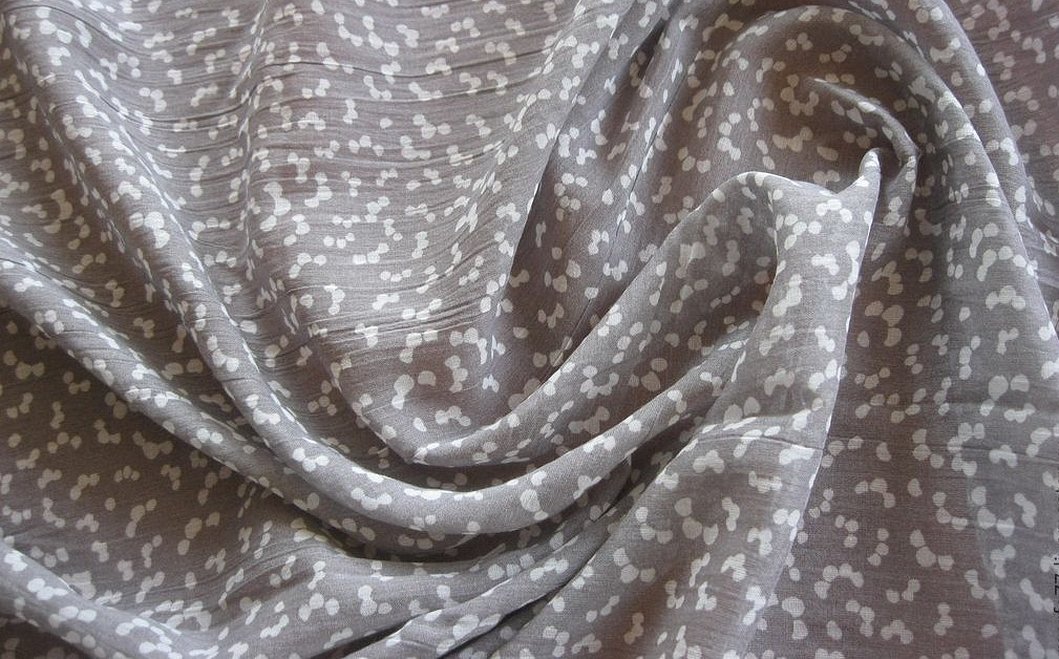
The following disadvantages can be noted:
- It wrinkles easily, so it has to be ironed after washing and washed frequently after wearing.
- the fabric is quite delicate and can tear if pulled too tightly;
- Natural material retains moisture, so it remains damp for a long time after washing.
At the same time, all the shortcomings of the fabric are easily corrected and generously compensated by obvious advantages.
Nuances of care
Batiste is unpretentious, which is an additional plus. The fabric can be washed at 30° or at 40° if the owner is not afraid of shrinkage. Dry the fabric in a convenient way, but be sure to shake it after wringing and straighten out the creases. Batiste must be ironed with a medium-heated iron - high temperatures can burn the fabric.
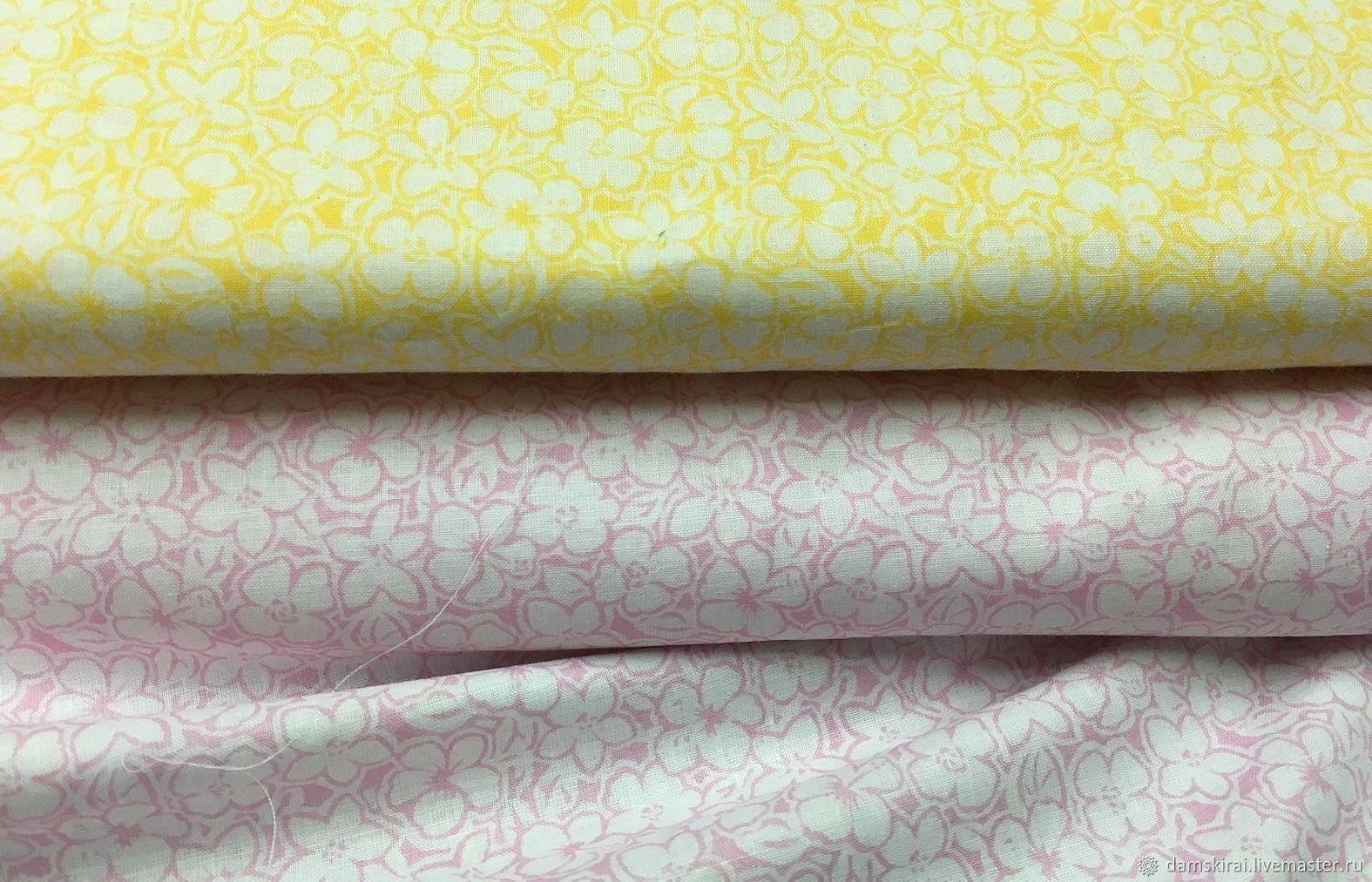
The fabric can be easily combined with other fabrics, but it is better to wash it with other natural cotton and avoid combining unreliably colored items with light cambric.
It is better to keep cambric items in a hanging position in the closet. The fabric holds odors well, so you can spray perfume on it or put scented soap and other odorants in the closet.
Reviews of the material
Lyudmila: "I sew summer dresses and blouses for myself and my friends, I use cambric. The fabric is inexpensive, durable, and very pleasant to the body. It is comfortable to work with the material - the stitching is even, it is easy to cut. In addition, the items are ironed and always look beautiful and neat."
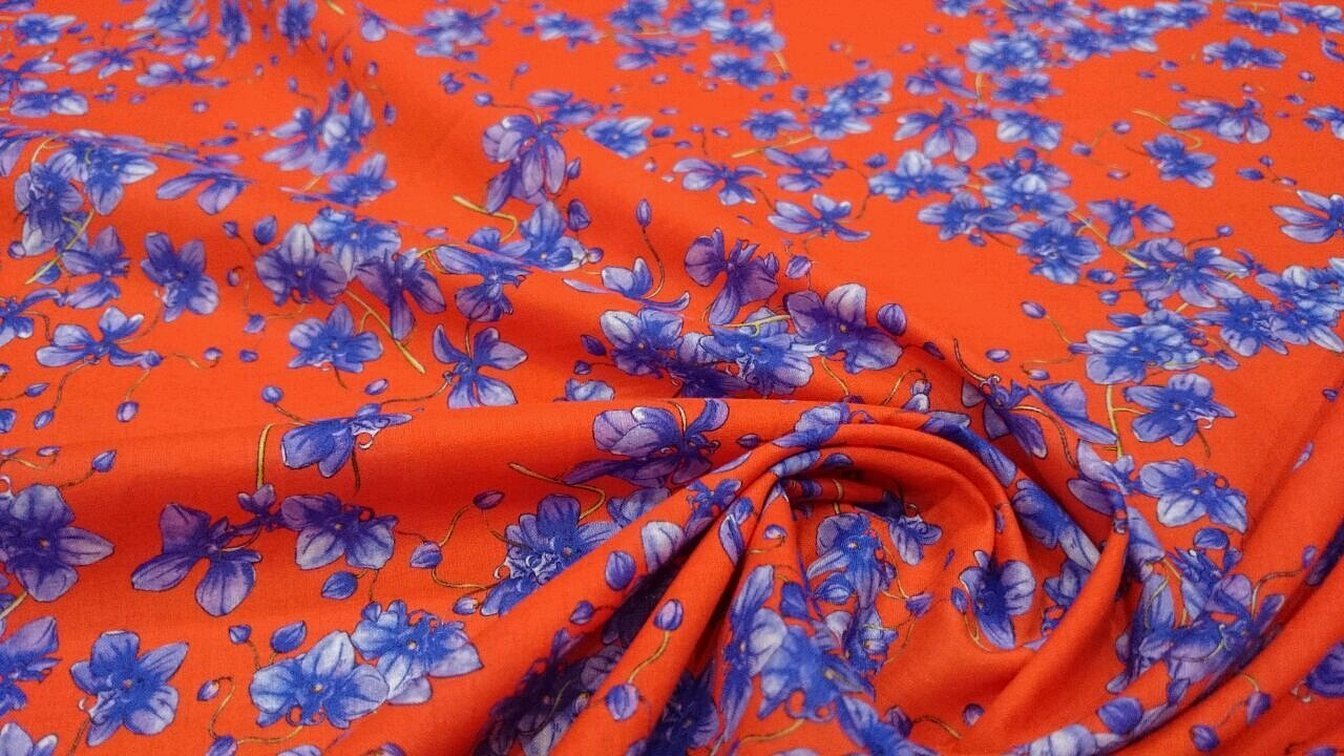
Olga: "I prefer summer clothes made of cambric and satin: the fabrics are light, breathable, and can be washed even by hand. We wash men's shirts of all shades together without any problems. The only downside is that they wrinkle, so they are not the best option for children's clothing, but otherwise, there are only advantages."
Tatyana Nikolaevna: "The most pleasant and durable underwear, summer sundresses and shirts are made from cambric or chintz. Usually the fabric is dyed with flowers, with a pattern, so the outfits look diverse. For the summer, you can sew yourself or buy 2-3 shirts and dresses - and that's your wardrobe for several years to come."
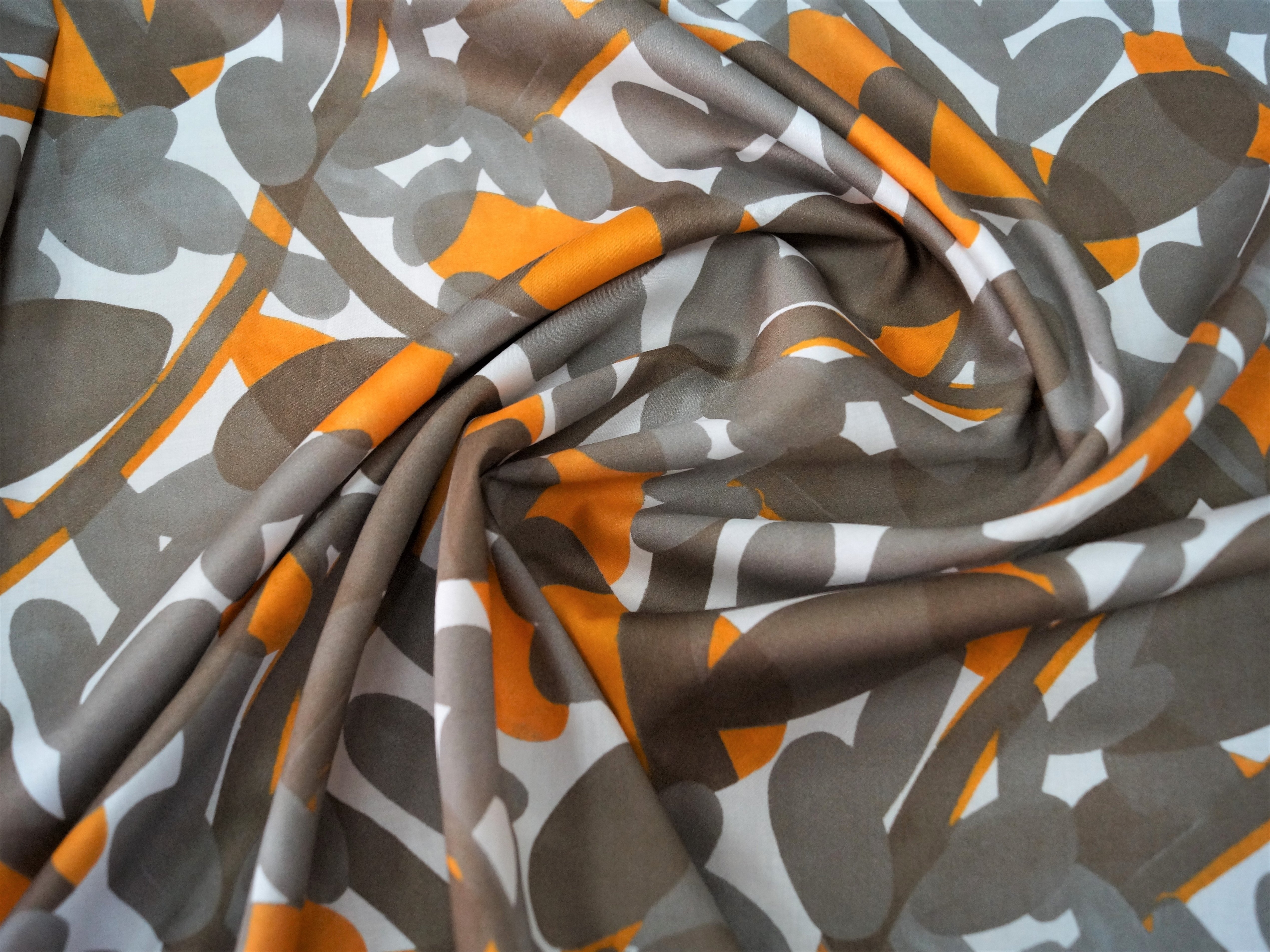
Attractive material is accessible and environmentally friendly, so when there are doubts about which fabric to choose for sewing clothes, you can try working with cambric, then not only the result will be pleasant, but also the process itself.
https://www.youtube.com/watch?v=sM5TTz0Zo08




